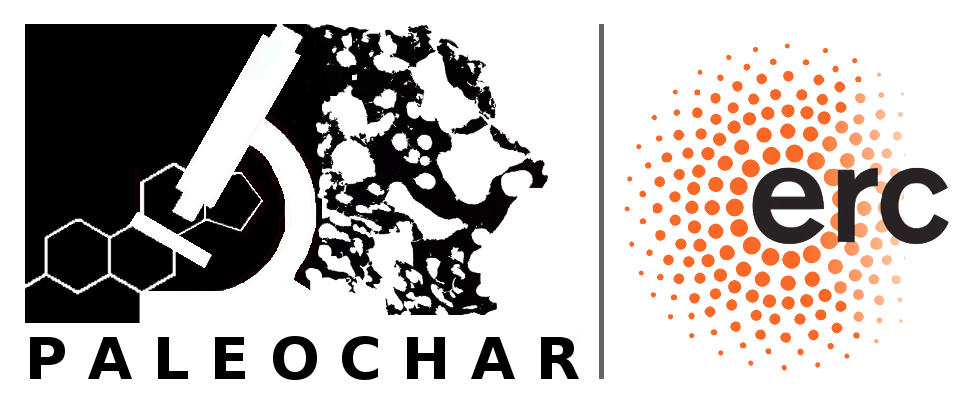
Insights into the Neanderthals and their demise from the study of microscopic and molecular charred matter in Middle Palaeolithic sediments (ERC-CoG-2014-PALEOCHAR)
Who were the Neanderthals and what caused their demise? To answer these questions, the classic approach in archaeology relies on the analysis of the Neanderthals' stone-tool assemblages and the mineralized bone remains of their dietary intake. Although this approach has yielded a great deal of important information about the Neanderthals’ fate, it is also limited in the sense that the only evidence that is considered is in-organic in nature. In this ERC Consolidator Grant project we attempt to approach these questions by considering microscopic and molecular evidence that is organic in nature. By studying the organic sedimentary record at such fine scales, we are able to extract information about, for example, the fat contents of the Neanderthal food, the way they made fire, the arrangements of their living spaces, their surrounding vegetation and the climatic conditions where they lived. By combining these different sources of information we aim to provide a more complete picture of the Neanderthal world.
Specifically, the PALEOCHAR project examines how Neanderthal diet, fire technology, settlement patterns, and surrounding vegetation at a local scale (individual sites) were affected by changing climatic conditions. To do so, the project will integrate methodologies from micromorphology and organic geochemistry. A key and innovative aspect of the project is the consideration of microscopic and molecular evidence that is both organic and charred in nature. Our recent experimental and geoarchaeological work on Palaeolithic fire has led to the discovery of black layers from archaeological fireplaces as invaluable contexts of preserved organic matter. The black layers typically documented in Middle Palaeolithic hearths represent the charred ground beneath the fire. Therefore, they can be considered as snapshots of living floors, rich in residues from human activity as well as from soils and vegetation of the natural surroundings. Crucially, experimental data has shown that the average temperatures associated with black layers – below 300°C on average - are high enough for the charring of organic compounds and to make them unappealing to biodegrading soil fauna, but not as high as to destroy their biomarker chemical fingerprints. Therefore, once charred, organic compounds may preserve well within sediment for indefinite periods of time as long as the sedimentary environment does not undergo strong diagenesis. The PALEOCHAR project will target this important window of organic matter preservation by exploring the black layers of intact Neanderthal fireplaces.